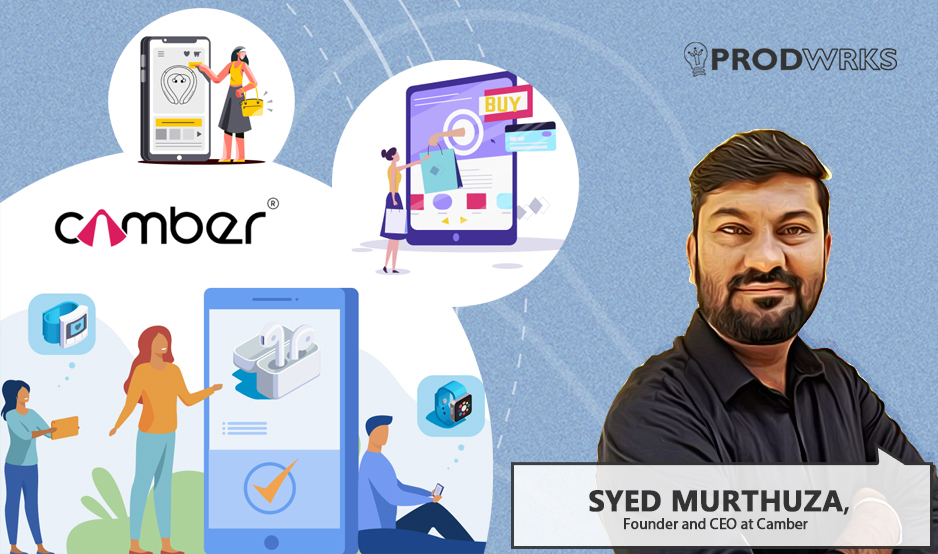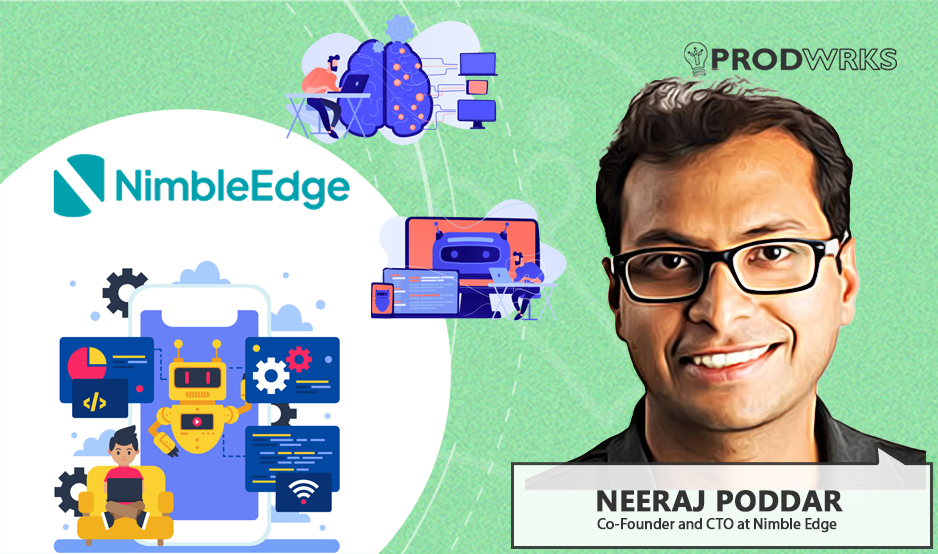
For millions of Indians, healthcare access is not just about affordability; it’s about geography. According to the State of Healthcare in Rural India (2023) survey, 63% of individuals seek treatment in other states due to inadequate local facilities.
“For me, it is very important that anyone, anywhere in the world, has access to basic health services,” says Harish Bisham, founder and CEO of Quick Vitals.
From Doctors Plus to Quick Vitals
Harish initially started Doctors Plus, a comprehensive remote healthcare platform, that empowers patients and doctors with telemedicine, ePrescriptions, digital records, and seamless appointment scheduling. Yet, Harish realized something crucial was missing: real-time, accurate vital sign monitoring. Without it, remote care remained incomplete.
This realization sparked the birth of Quick Vitals, an AI-powered platform that transforms any smartphone camera into a powerful health monitor. Leveraging Photoplethysmography (PPG), the Quick Vitals app can scan a user’s face and deliver a detailed health report in under 45 seconds. This technology brings accessible, affordable preliminary health assessments to those who need them most, right in the comfort of their homes.
“When we built Doctors Plus, the idea was simple; how do we bring quality healthcare services to patients who don’t have easy access to doctors?” Harish recalls. “But during our pilot runs, a fundamental problem emerged. If a patient is sitting in a remote area like Gopalpur, Odisha, and a doctor is in Bhubaneswar, how does the doctor check basic vitals like blood pressure or glucose levels?”
How Quick Vitals Works?
Quick Vitals uses an AI-powered, non-invasive technique called Photoplethysmography (PPG), which leverages a smartphone’s camera to analyze vital health metrics. By simply scanning the face, the app can measure:
- Heart Rate: Measures the number of heartbeats per minute.
- Blood Pressure: Provides readings of systolic and diastolic pressure levels.
- Blood Oxygen Saturation (SpO₂): Assesses the percentage of oxygen in the blood.
- Breathing Rate: Tracks the number of breaths taken per minute.
Pulse Respiratory Quotient (PRQ): Evaluates the ratio of pulse rate to respiratory rate. - Heart Rate Variability (HRV): Analyzes the variation in time intervals between heartbeats.
- Stress Levels: Estimates stress based on physiological data, blood pressure, and heart rate variability.
The Quick Vitals report can then be shared remotely with a medical practitioner, who can assess the readings and recommend further tests if needed. This allows doctors to quickly identify potential issues and decide on the next steps without delay.
Harish explains, “When a patient books an appointment, the doctor should be able to assess them within 15–20 minutes, provide a solution, and the patient moves on. That’s it. It should be that simple—without unnecessary hassle.”
“We wanted a solution that doesn’t require any additional hardware. The smartphone itself should be the diagnostic tool,” says Harish. “That’s where AI and advanced imaging techniques came into play.”
Preventive Healthcare Through Early Detection
Harish explains, “This reluctance to get health checks isn’t just common in India but is a global issue. People assume they are fine until a serious condition, such as a stroke or heart attack, forces them to act—often when it’s too late.”
"Our goal is to complement the traditional healthcare system," says Harish.
Ensuring Accuracy Across Devices and Skin Tones
“While I was looking for ways to monitor a patient's vital signs remotely, a lot of ideas were suggested to me about the equipment that could be used to track vitals, but those solutions were neither practical nor viable as they were too expensive,” Harish explains. “Quick Vitals is for everyone, regardless of age or economic background. Whether it’s a rickshaw puller or a millionaire, anyone can access quality healthcare with it.”
Given the diverse range of smartphones, camera qualities, and skin tones, Quick Vitals prioritized sensor-based testing over individual devices. Since most phone manufacturers use a limited set of camera suppliers, the team rigorously tested these sensors to ensure reliable results.
By refining the algorithm across different skin tones and lighting conditions, Quick Vitals maintains consistent accuracy. Even when comparing scans from a high-end device like an iPhone to a budget phone, readings vary by only 1-2%.
“Most smartphones share camera sensors from a limited number of manufacturers,” Harish explains. “We tested and adapted our technology and algorithms on almost all commonly used sensors by smartphone manufacturers. This ensures precise readings no matter the phone or the user.”
Overcoming User Resistance and Driving Adoption
Harish explains, “People try my product and like it, but they hesitate to subscribe. I always thought, ‘It’s just ₹2 or ₹3 a day—why wouldn’t they use it?’ But it’s not about the money; it’s about comfort.”
To encourage adoption, Quick Vitals implemented several strategies:
Influence of Early Adopters: People often follow someone they trust when trying something new. Quick Vitals targets influential users within communities to drive adoption.
Community Engagement: Quick Vitals organizes events in colleges, villages, and local groups across India, allowing people to experience the product firsthand.
Building Trust Through Partnerships: Rather than marketing Quick Vitals as a standalone product, the team integrates it with hospitals and government-backed programs to establish credibility.
“People follow someone they trust, so we focus on key users. Once one person starts, others follow. Seeing it in hospitals and government programs also builds confidence in the product,” Harish says.
Digital Health, Medical Tourism & Reinvention
The digital health tracking apps market is projected to grow from USD 15,929.10 million in 2024 to an estimated USD 52,222.19 million by 2032, with a compound annual growth rate (CAGR) of 16%.
Medical tourism is also emerging as one of India’s biggest industries, with the potential to create numerous job opportunities and drive economic growth.
“I think it's going to be the next big thing in India,” Harish says. “India ten years ago was a different place. But now, with new blood coming in, people are not shy of doing things—they are ready to take risks.”



